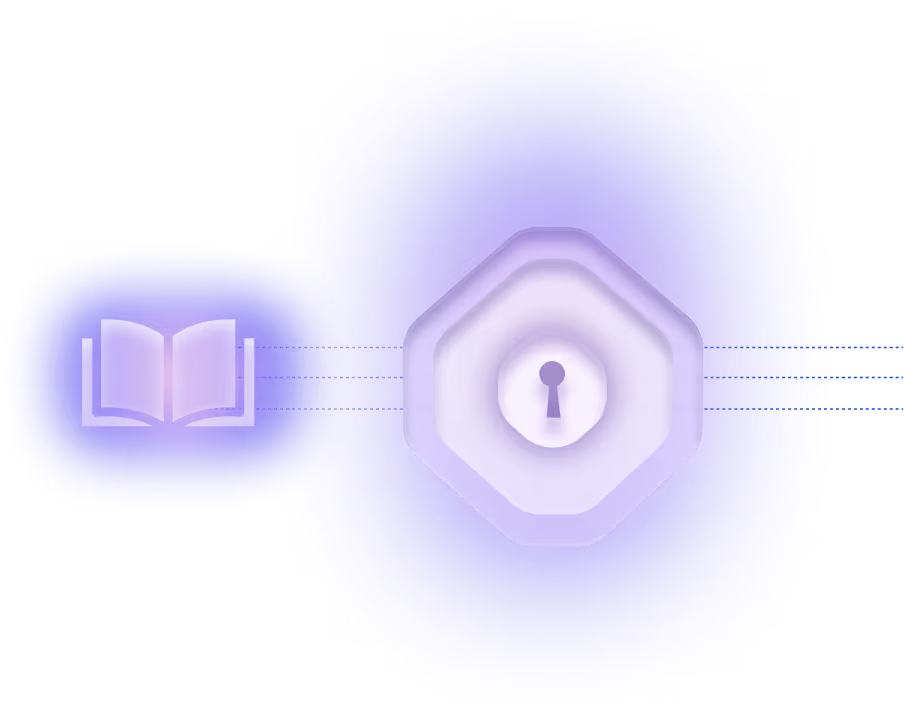Machine Identity

What is a Machine Identity?
A machine identity is a form of digital credential that allows software-based entities—such as services, applications, containers, devices, and automation scripts—to authenticate, communicate securely, and perform authorized actions within IT environments. Unlike human identities, which are tied to users and typically protected by passwords or multi-factor authentication (MFA), machine identities rely on cryptographic credentials like digital certificates, API keys, OAuth tokens, and service account credentials. These identities are foundational to enabling secure machine-to-machine (M2M) communication across cloud, hybrid, and on-premises infrastructures.
Why is it important?
Machine identities are critical to the integrity, confidentiality, and continuity of modern digital operations. As organizations scale their cloud-native architectures, adopt DevOps practices, and integrate AI/IoT systems, machine identities now outnumber human identities by over 45:1 in many enterprises. When unmanaged or misconfigured, they pose significant risks—ranging from unauthorized access and privilege escalation to data exfiltration and supply chain compromise. High-profile breaches, such as the 2023 Cloudflare incident, have demonstrated how attackers can exploit orphaned or overprivileged machine identities to bypass traditional security controls. Ensuring the secure lifecycle of these identities—from issuance and rotation to revocation—is essential for maintaining Zero Trust architectures and meeting compliance standards.
What are common applications or use cases?
In practice, machine identities are used to secure automated workflows and system interactions. For example, a containerized application in AWS may use mutual TLS (mTLS) and X.509 certificates to authenticate with a backend database. Similarly, a CI/CD pipeline may use OAuth 2.0 tokens to access code repositories or deploy infrastructure. Machine identities are also used in IoT networks to authenticate edge devices, and in public key infrastructure (PKI) environments to validate software updates or encrypted communications. These use cases span industries from finance and healthcare to manufacturing and technology.
What is the connection to NHIs (Non-Human Identities)?
Machine identities represent a core subset of non-human identities (NHIs), which encompass all digital entities that interact with systems without direct human intervention. While all machine identities are NHIs, not all NHIs are limited to machines; the broader category includes legal entities, software bots, and robotic process automation (RPA) accounts. Oasis Security focuses on securing the full spectrum of NHIs, with machine identities being among the most prevalent and high-risk due to their scale, privilege levels, and lack of traditional oversight.
Are there any notable industry data, trends, or standards?
Industry research highlights the increasing urgency to manage machine identities systematically. A 2025 Gartner study found that organizations automating over 80% of their machine identity lifecycle tasks reduced breach risk by 63%. Regulatory frameworks such as PCI DSS v4.0, HIPAA, and GDPR now explicitly require secure management of machine credentials, including key rotation and device authentication. Standards like NIST SP 800-207 (Zero Trust), ACME (for certificate automation), and SPIFFE/SPIRE (for workload identity) are shaping best practices for machine identity governance in enterprise environments.
What is the broader impact or takeaway?
Machine identities are no longer peripheral technical concerns—they are central to enterprise security, compliance, and operational resilience. As digital infrastructures become increasingly automated and distributed, managing machine identities with the same rigor as human credentials is non-negotiable. Organizations that implement automated lifecycle management, policy-based controls, and real-time monitoring for machine identities are better positioned to prevent breaches, accelerate cloud adoption, and maintain regulatory compliance. In the age of NHIs, securing machine identities is foundational to securing the business itself.





